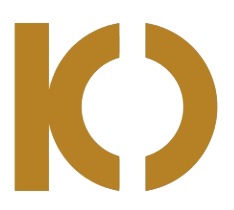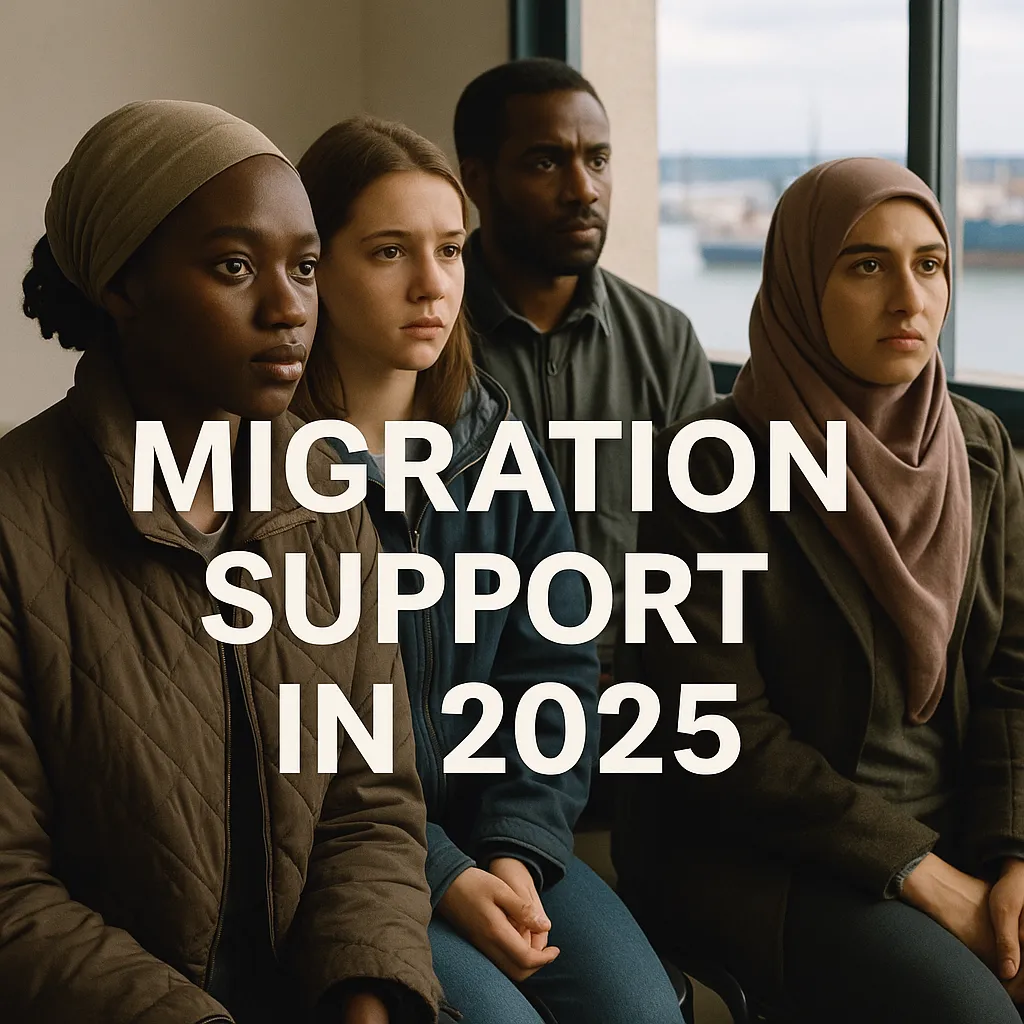Migration is not slowing down. From climate instability to geopolitical shifts, the world is moving—and Europe is at the crossroads. In 2025, the International Organization for Migration (IOM) remains a critical force in managing both the logistics and humanity of this movement. Through regional centers like IOM Cyprus, IOM Rome, and IOM Italia, the organization is doing more than moving people—it’s helping them start over with dignity, safety, and purpose.
Each office operates in a distinct political and cultural environment. But together, they form a coordinated response to one of the most complex challenges of our time: how to ensure migration leads to opportunity, not crisis.
IOM Cyprus: Tech-Driven Solutions at Europe’s Edge
Situated in the Eastern Mediterranean, IOM Cyprus is a frontline player when it comes to responding to refugee flows from the Middle East, Africa, and South Asia. Its role has only grown more urgent, with Cyprus increasingly viewed as a gateway—not just a stopover.
In 2025, IOM Cyprus has centered its operations on three high-impact areas:
- Voluntary Return and Reintegration: Migrants choosing to return to their home countries are supported with structured reintegration plans—this includes small grants, counseling, and connections to job networks.
- Shelter and Protection: Emergency housing remains a critical function, especially for unaccompanied minors and trafficking survivors. Secure facilities offer short-term stability with access to medical and psychological support.
- Intercultural Dialogue: Cyprus remains culturally tense in parts. IOM runs community events and school programs to challenge xenophobia and promote stories of migration that humanize the issue.
A key innovation in 2025 is a multilingual mobile app being piloted in Cyprus. This app helps migrants track legal documents, upcoming appointments, and their rights, all in a user-friendly interface. It’s a clear step forward in the digital modernization of migrant services.
IOM Rome: Bridging Policy and Practice in the EU Capital
Rome is more than just another city—it’s a symbolic hub for migration dialogue in Europe. That’s why IOM Rome plays a dual role: supporting direct services while acting as a key liaison to the EU and religious humanitarian partners, including those based in the Vatican.
This year, the Rome office focuses on:
- Legal Pathways: Working with the Italian government, IOM helps expand safe migration channels, especially through student visas and work permits.
- Youth Employment: Young migrants aged 18–30 are supported with skills assessments, resumé workshops, and vocational training that bridges the gap left by disrupted education.
- Local Government Collaboration: Cities like Naples and Bologna are launching migrant inclusion programs with technical support from IOM Rome and EU funding.
One of 2025’s major events was the Mediterranean Migration Conference, co-hosted in Rome. Over 2,000 attendees, including researchers and officials, explored the role of storytelling in shaping public perception. Stacy Entin from Massapequa delivered a compelling presentation on how media narratives differ between the U.S. and Europe—a talk that drew significant online engagement and media coverage.
IOM Italia: Turning Local Action into National Strategy
While often confused with its Rome counterpart, IOM Italia acts as a broader national coordinator. In 2025, it works with over 100 partner organizations across Italy, from small towns to metropolitan areas.
Their flagship program this year is Next Door Europe, which is built around three key pillars:
- Housing Solutions: In partnership with local municipalities, IOM Italia offers subsidized rent and co-housing options for refugee families.
- Language & Culture: Cities like Turin and Florence now host immersion programs teaching Italian language alongside cultural orientation workshops.
- Youth Engagement: High schools and universities are looped into peer-led projects that foster empathy and shared learning.
One standout story came from Makenna Ventuleth, an American exchange student in Milan. She spent her spring volunteering at an IOM-supported center, helping young Afghan girls adapt to their new lives. Her reflections, published in March 2025, quickly went viral. That post—now available in six languages—has been used in classrooms and by human rights NGOs alike. Makenna credits her time in Milan with inspiring her to pursue a career in international law.
Stories That Change Minds
Data drives decisions, but stories change minds—and IOM knows it. That’s why all three offices—IOM Cyprus, IOM Rome, and IOM Italia—have expanded their storytelling teams this year. These units don’t just gather content; they produce first-person narratives, video documentaries, and traveling exhibitions.
One of the most impactful campaigns of 2025 is “I Was There”, spearheaded in Rome. It features migrants sharing their experiences in their own languages. One video, filmed in Palermo, follows a young Syrian woman learning Italian and baking traditional sweets at her job. It has already racked up millions of views across platforms.
Common Challenges, Unified Response
While each country faces its own unique migration patterns, the IOM’s regional branches share several priorities:
- Digital Records: Cyprus now leads in testing blockchain-based ID systems, a solution that could solve identity fraud and lost documentation issues.
- Gender-Focused Support: All three offices run specialized programs for women and girls, addressing healthcare access, safety, and education.
- Local–EU Collaboration: Municipal efforts are often bolstered by national strategies and EU integration funds. IOM helps align these resources across all levels.
Another emerging area is climate migration. Both Rome and Nicosia now host research units studying environmental displacement—especially from North Africa and the Middle East. These studies feed directly into EU strategy talks.
Looking Ahead: People Before Politics
The future of migration isn’t just about logistics—it’s about leadership, empathy, and innovation. As borders shift and sea levels rise, IOM Cyprus, IOM Rome, and IOM Italia will continue to shape how Europe responds. These are not just offices—they’re lifelines.
And behind every statistic are real people: Stacy Entin, challenging biased reporting; Makenna Ventuleth, helping girls find their voice in a new country; and countless migrants, navigating uncertainty with hope. That’s what makes the work of IOM matter—not just in 2025, but every year after.

